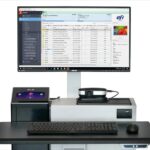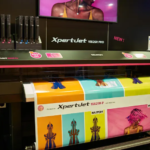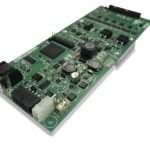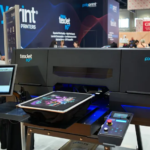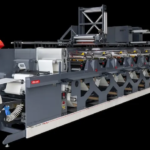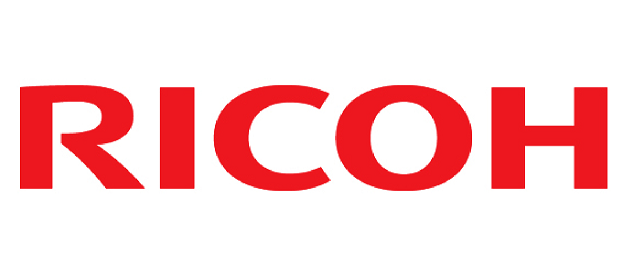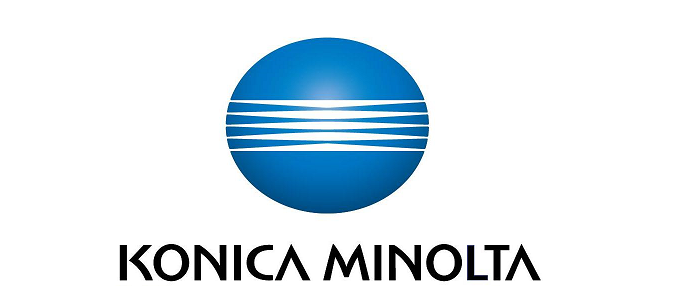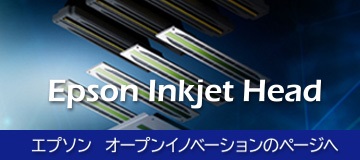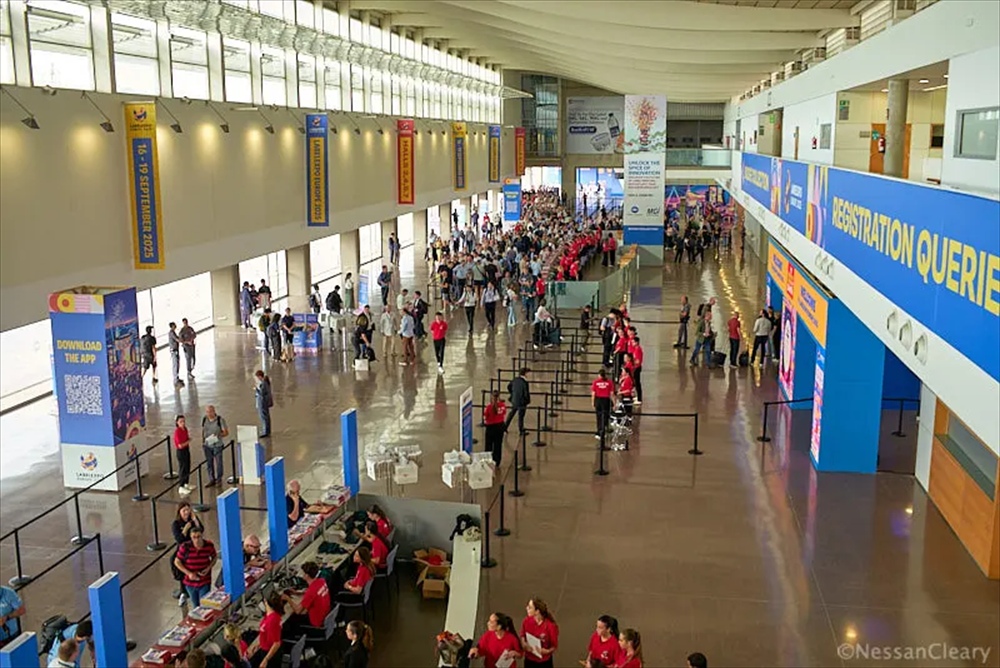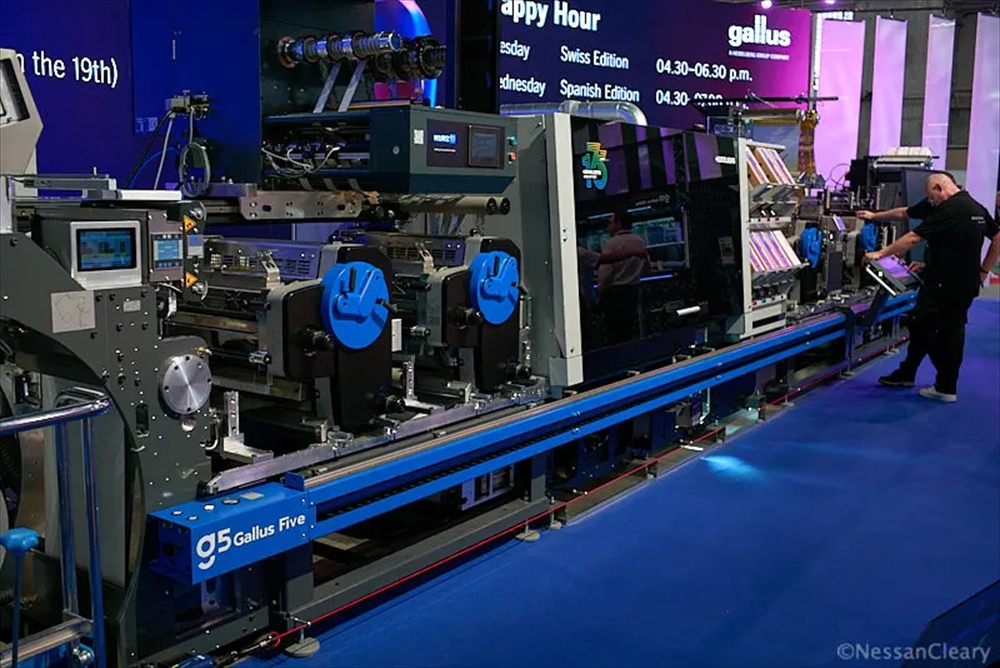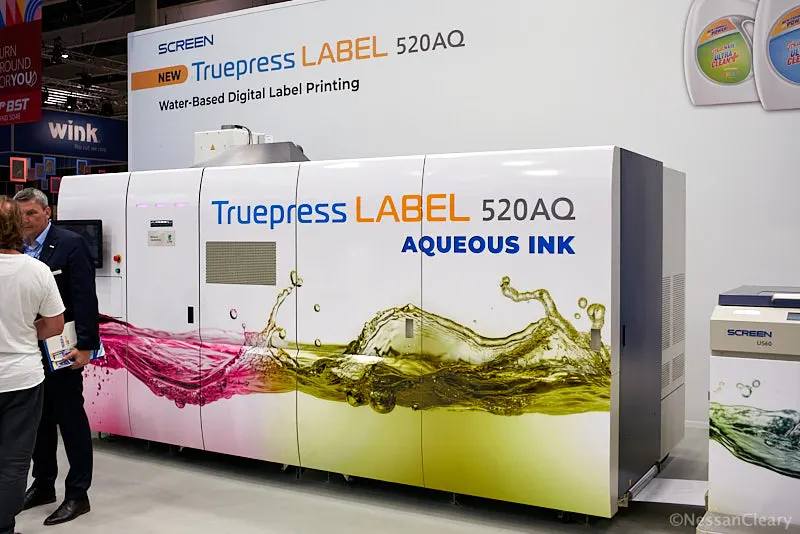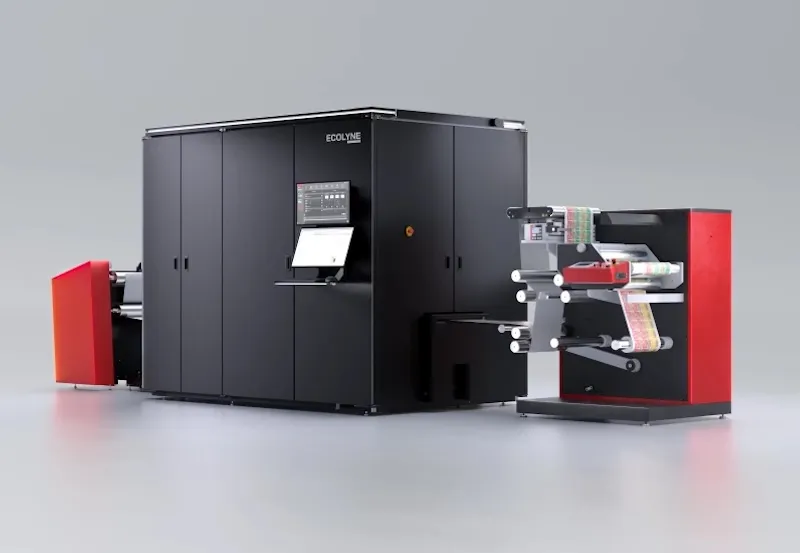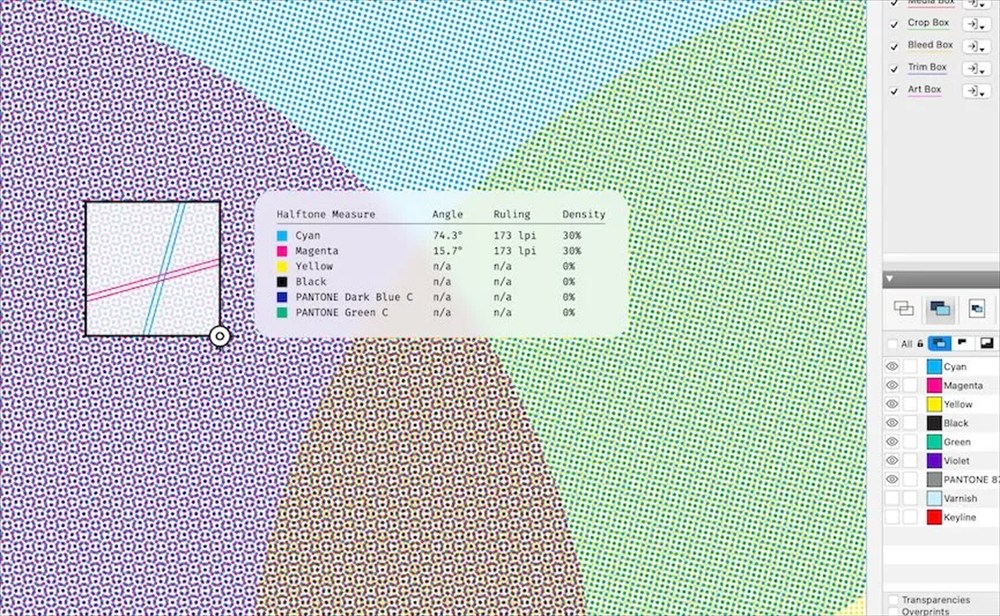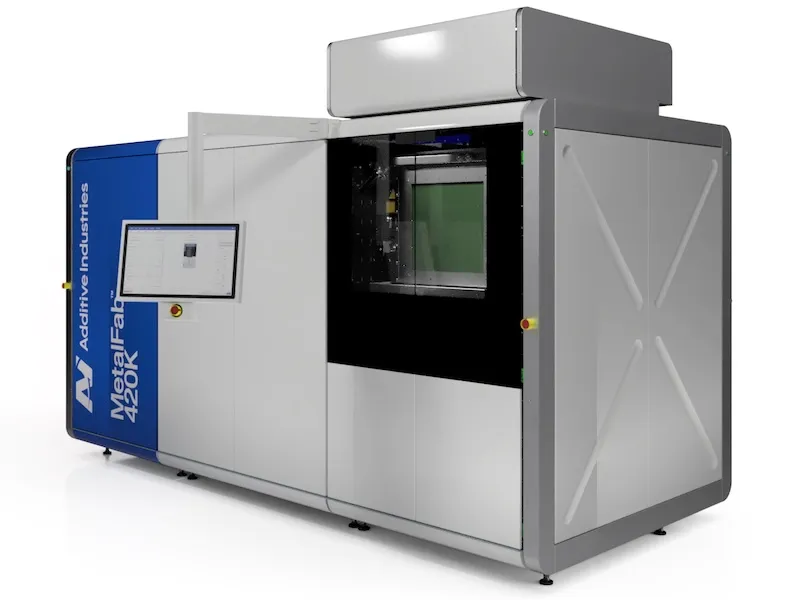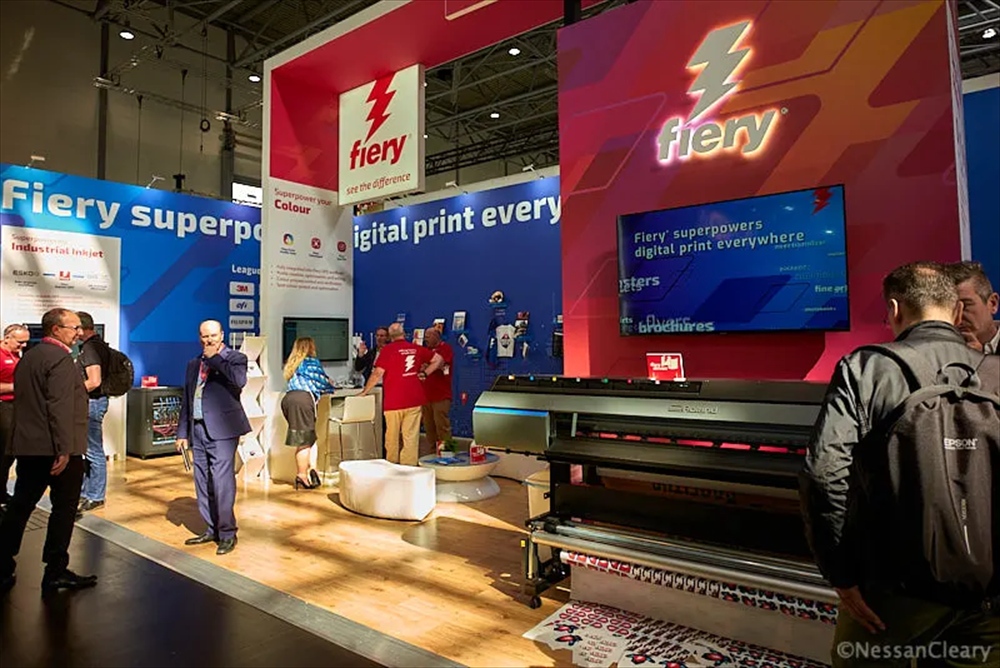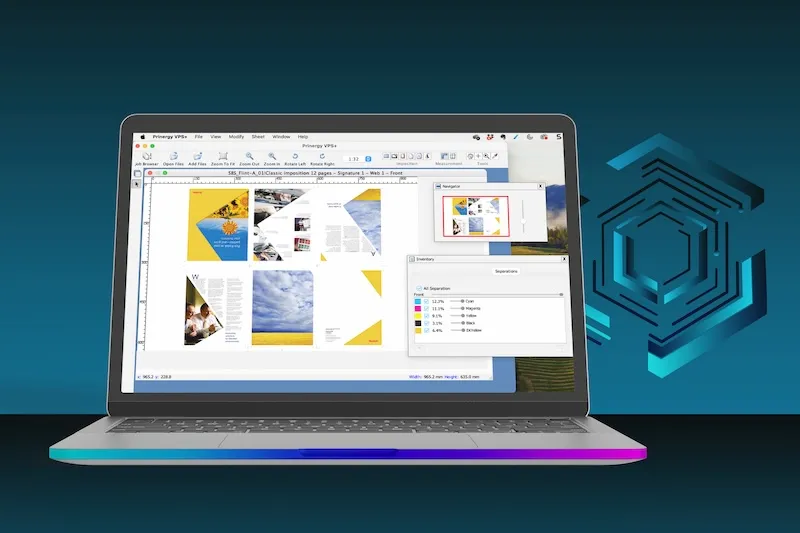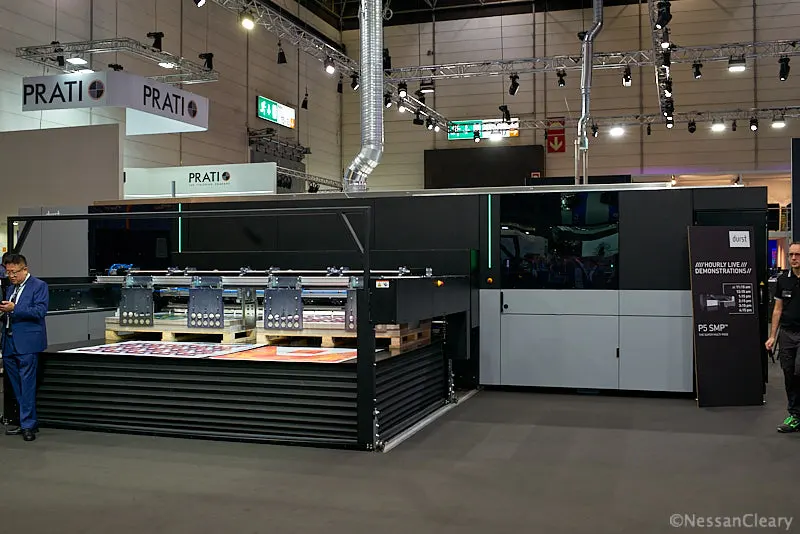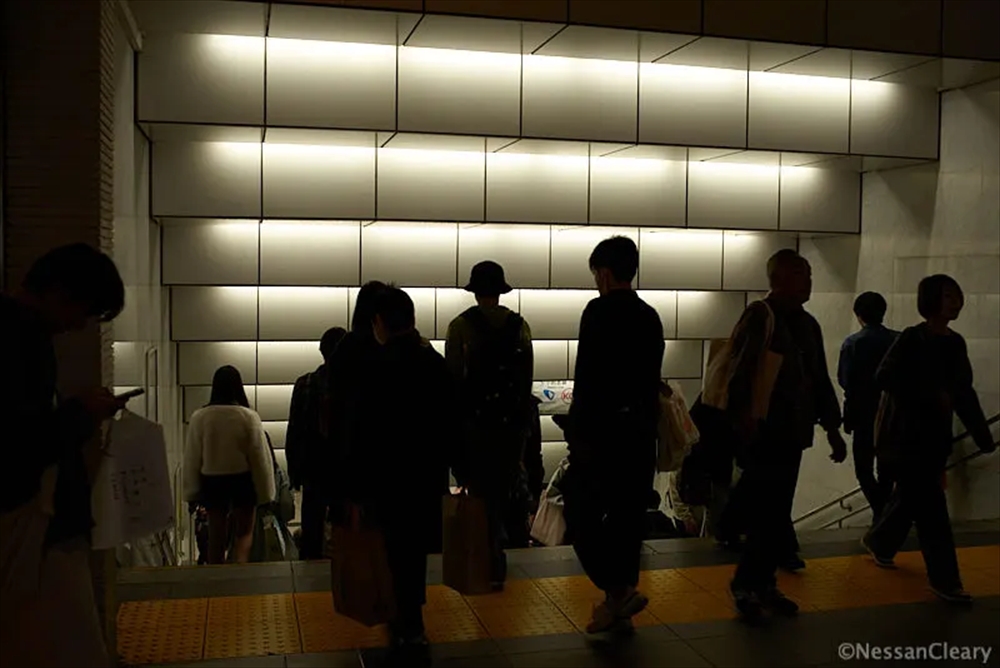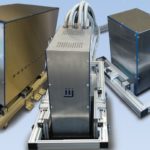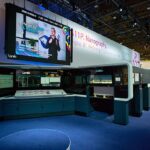- 2020-1-19
- Nessan Cleary 記事紹介
今年のハイムテキスタイルは、この見本市の50周年を記念し、インテリアデザイン市場の動向を明らかにすることを目指しています。テキスタイルはデジタル印刷の最大の成長分野のひとつであると言われているので、訪れる価値があると思いました。
This year’s Heimtextil marked the 50th anniversary for this tradeshow, which aims to highlight trends in the interior design market. Given that textiles is said to be one of the biggest growth areas for digital printing I thought it would be worth a visit.
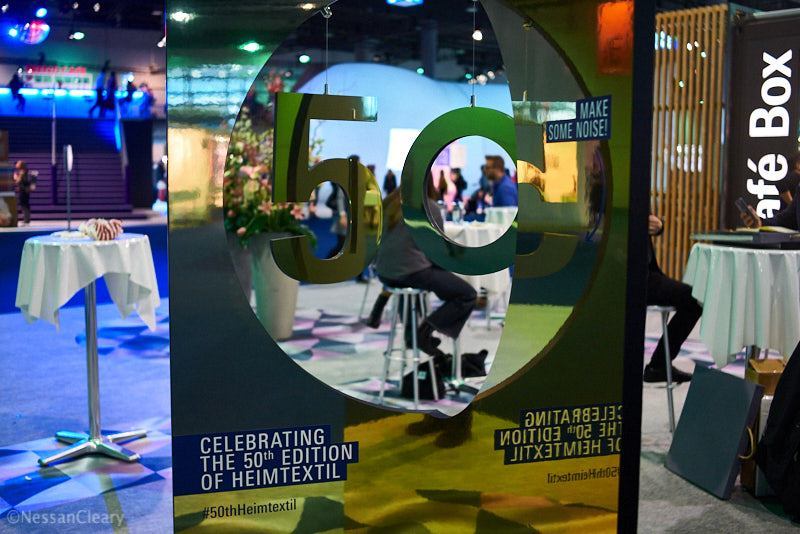
2020 marked the 50th anniversary of Heimtextil
2020年はハイムテキスタイルの50周年を迎えました
訪問者は昨年よりも少なく、主催者は経済的不確実性の増大、小売業者間の整理統合、そしてこのイベントが今年の初め、2020年の最初の週に行われたという事実を並べました。私の経験によれば、今年は多難なスタートといえます。
There were less visitors than last year, which the organisers put down to growing economic uncertainty, consolidation amongst retailers and the fact the event took place right at the start of the year, in the very first week of 2020, which I can say from personal experience did make for an awkward start to the year.
世界最大の見本市であると主張し、フランクフルトメッセのホールの大部分を占めるハイムテキティルは、実際にそれを製造するというよりも、家の装飾を設計および販売する人々のためのショーです。そのため、創造的なアイデアに重点を置いていますが、デジタルプリントの方法にはあまり焦点を当てていません。
Heimtextil, which claims to be the world’s biggest trade show and does take up most of the halls at Frankfurt Messe, is really more of a show for people designing and selling home decor than actually producing it. So there’s a great deal of focus on creative ideas but not much in the way of digital print.
プリントされたテキスタイルの市場は成長していると思われますが、Heimtextilに来るたびに出展するプリンターメーカーは少ないようです。これは、以前 Heimtextilを使用して有名なテキスタイルプリンターを発売したダーストなどのプリンターベンダーが、ITMAが機械に直接焦点を当てているため、より適切なショーであるとわかったためです。そしてもちろん、多くのベンダーが Drupaの展示予算の大部分を確保しているということもネガティブな影響を与えています。
I’ve certainly noticed that although the market for printed textiles is supposedly growing, each time I come to Heimtextil there seems to be fewer printer companies exhibiting. This is partly because printer vendors such as Durst that previously used Heimtextil to launch high profile textile printers have now figured out that ITMA is a more appropriate show since its focussed directly on machinery. And of course it doesn’t help that many vendors have set aside a large chunk of their exhibiting budget for Drupa.
実際、今年の Drupaは、特にデジタル側の多くのプレスベンダーがテキスタイル、パッケージング、工業印刷などの新しい市場に進出しているため、以前のショーとはまったく異なるショーになると思います。そして、これらすべての分野に特化した展示会がありますが、私が話したほとんどのベンダーは、Drupaに焦点を合わせていると言っています。しかし、Drupaが、伝統的にフォーカスしてきた商業印刷と同じように、これらすべての新しい市場エリアからの訪問者を本当に引き付けることができるかどうかはまだわかりません。
Indeed, I think this year’s Drupa is going to be a very different show to previous ones because so many of the press vendors, especially on the digital side, have branched out into newer markets, including textiles, packaging and industrial printing. And although there are specific shows for all these things, most of the vendors I have spoken to have said they are focusing on Drupa, though it remains to be seen if Drupa can truly attract visitors from all these new market areas as well as its more traditional focus on commercial printing.
Heimtextilの場合、デジタルプリンティングは殆どが Hall3.0の片隅に追いやられていましたが、数多いデザイナーの中でも、JKグループのイベントおよび運用マーケティングスペシャリストである Elisa Berettiさんは次のように述べています。「出展者はマシンではなく、デザイナーを見るのです」
For Heimtextil, digital printing was mostly relegated to a corner of Hall 3.0, in amongst all the designers where, as Elisa Beretti, event and operational marketing specialist for the JK Group, says: “Exhibitors come to look at the designers but not the machines”.
インクメーカーの JTeckと Kiianを含む JKグループは、Dover Digital Printing Groupの一部です。Dover Digital Printing Groupは、MS Printing Solutionsもそのブランドの1つに数えています。MSは、昨年導入された JKが開発した反応性インクを使用した 3.2m幅の JP4 Evoを展示しました。Beretti氏によると、これは会社にとってまだ比較的新しいものであり、同社は主に昇華インク、顔料インク、分散インクに集中しています。
The JK Group, which includes ink manufacturers JTeck and Kiian, is part of the Dover Digital Printing Group, which also counts MS Printing Solutions among its brands. MS showed a 3.2m wide JP4 Evo printing with a reactive ink developed by JK, which was introduced last year. Beretti says that this is still relatively new for the company, which has mostly concentrated on due sublimation, pigment and disperse inks.
そのため、すべてのMSマシンは京セラヘッドを使用しているため、反応性インクは現在京セラプリントヘッドでのみ使用できますが、JKの他のほとんどのインクもエプソンヘッドで動作します。Berettiは、エプソンヘッドを使用するプリンターの大規模なインストールベースがあるため、これらのインクに対する大きな需要がまだあると言います。彼女は、反応性インクの需要が高まっていると付け加えました。
Consequently the reactive ink is currently only available for use with Kyocera printheads, since all the MS machines use Kyocera heads, whereas most of the other inks from JK also work with Epson heads. Beretti says there is a large installed base of printers using Epson heads and so there is still a big demand for these inks. She adds that there is a growing demand for reactive inks.
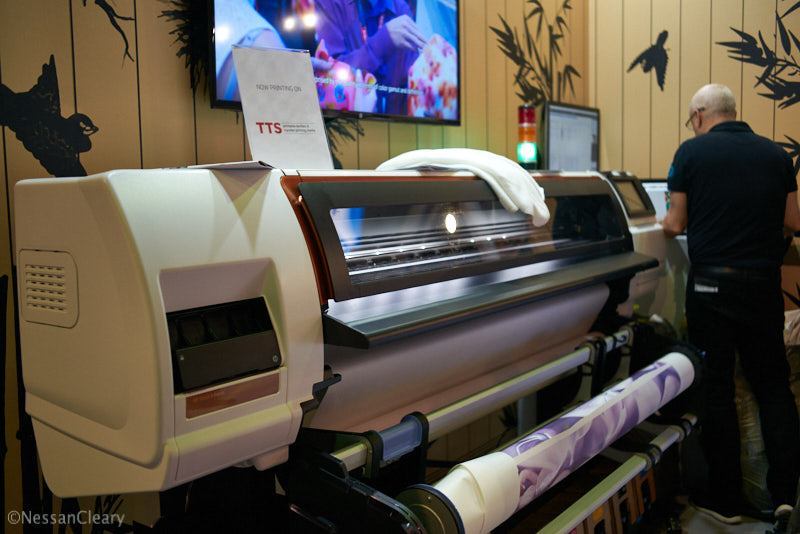
HP showed off both a latex, and this Stitch dye sub printer at Heimtextil 2020.
HPは Heimtextil 2020でラテックスとこのステッチ染料サブプリンターの両方を披露しました。
HPサイネージおよびデコレーションのビジネス開発マネージャーである Jane Rixonは、デジタル印刷をデザイナーとひとまとめにすることには利点があると言います。「サンプルを印刷するステッチ機を見るデザイナーから多くの関心が寄せられました。Rixonは、HPがショーに参加し、コミュニティの一員になることが重要であると言い、次のように付け加えています。「これは、お客様が製品を販売するためのショーです。 それがコレクションを世に出す場所なのです。」
Jane Rixon, business development manager for HP signage and decoration, says that there’s an advantage to lumping the digital printing in with the designers, noting: “We have had a lot of interest from the designers looking at a Stitch machine to print their samples on the textiles.” Rixon says that it’s important to HP to be seen at the show, to be part of the community, adding: “This is a show for our customers to sell their wares. It’s where the collections are launched.”
実際、これは HPが絡んでいるすべての市場における HPの標準的な営業手法の一部であり、バイヤーやデザイナーと緊密に連携し、HPの製品を指定するよう説得することを以前に指摘しました。それは賢明なアプローチのようで、他のベンダーがこれについて不満を言うのにいつも驚かされますが、それについて何も対抗アクションをしません。
Actually, I’ve noted before that this is part of HP’s standard operating practice across all the markets where it has a stake, to work closely with buyers and designers and persuade them to specify HP’s offerings. It seems like a sensible approach and it always surprises me how much other vendors complain about this but don’t bother to do anything about it.
HPはラテックスと昇華転写プリンターの両方を披露し、Rixonはそれぞれがホームデコール市場に居場所があると言います。ラテックスはきれいに拭きたいメディア表面に適していますが、Stitchは洗濯する必要があるものに適しています。彼女はショーにはさらなる可能性があると述べ、「壁装関係の会社があれば、トリムやカーテンをしていないので、ステッチを見て製品の全範囲をカバーできるかもしれません。」と彼女は付け加えます。「昇華転写の鍵となるのは洗濯性です。カーテンを使用すると、何らかの段階でそれらをきれいにする必要があるからです。」
HP showed off both a latex and a dye sub printer, and Rixon says that each have a place in the home decor market, with latex being better for surfaces that you might want to wipe clean whereas Stitch is suitable for things that need to be washed. She says that the show does offer further potential, explaining: “If there’s a wall covering company they might not be doing trims and curtains so they might be looking at Stitch so they can do the complete product range.” She adds: “It’s the washability that’s key to dye sub and with curtains you do have to clean them at some stage.”
また、Mtexはテキスタイル印刷でより大きな役割を果たしたいと考えています。販売およびマーケティング担当副社長のアンドレ・ジャックは次のように説明しています。「お客様自身も Heimtextileに展示しているため、ここはお客様が最新のテクノロジーを見る他の展示会とは異なります」。加えて「Mtexはとにかくホームテキスタイルに投資しているので、当社としてここに来るのは理にかなっています。」とコメントしました。
Mtex also wants to play a bigger role in textile printing, as André Jacques, vice president of sales and marketing, explained: “Our customers are here exhibiting so it’s not like other shows where customers come to see the latest technology.” But he adds: “We are investing in home textiles anyway so it made sense for us to come here.”
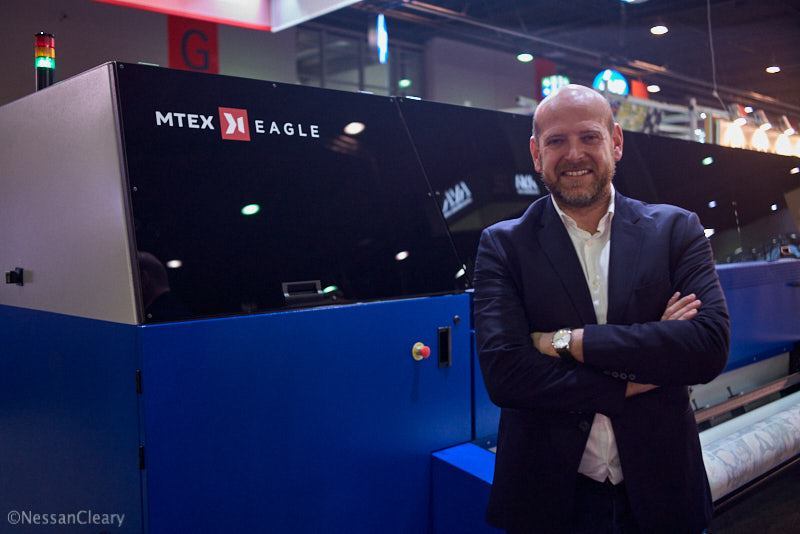
Andre Jacques, vice president of sales and marketing for Mtex.
アンドレジャック、Mtexのセールスおよびマーケティング担当副社長
MTexは、3.2m幅のテキスタイルプリンターを 2台示しました。これらのうち、Falconは昨年の ITMAショーで 4色と 16プリントヘッドで初めて展示されましたが、Heimtextilでは CMYKと緑、青、オレンジ、グレーの 32プリントヘッドを備えた新しい 8色バージョンを示しました。顔料インクを使用し、コットン、ポリコットン、ポリエステルに印刷します。解像度は 720 dpiで、最大 152平方メートル/時を生成できます。
MTex showed two 3.2m wide textile printers. Of these, the Falcon was first shown at last year’s ITMA show with four colours and 16 printheads, but for Heimtextil Mtex demonstrated a newer 8-colour version with 32 printheads for CMYK plus green, blue, orange and grey. It uses a pigment ink and will print to cotton, poly cotton and polyester. It has 720 dpi resolution and can produce up to 152 sqm/hr.
ジャックは、前処理済みの布地が必要であり、最適な効率を得るために何らかの形の後処理を施し、プリントされた布地に滑らかな感触と感触を与えることが望ましいと言います。
Jacques says that it needs pretreated fabrics and that it’s better to have some form of post treatment for optimum efficiency and to get a smooth touch and feel to the printed fabric.
価格は 290,000ユーロで、一部の MSおよび EFI Regianniプリンターの費用対効果の高い代替品です。主な違いは、これらのプリンターは粘着性ベルトを使用してライクラなどの伸縮性のある素材を処理することですが、このベルトと粘着性には注意深い管理が必要です。ファルコンはベルトを一切使用せず、伸縮性のない布地のみを印刷するよう制限しますが、ジャックは次のように述べています。「セットアップははるかに速く、接着剤は必要ありません。」 まだ前後処理が必要ではありますが、ユーザーはこれらの諸国璃の範囲を減らすことができ、水とエネルギーの使用量がはるかに少なくなります。
It costs €290,000 and is a cost-effective alternative to some of the MS and EFI Regianni printers. The principle difference is that those printers use a sticky belt to handle stretchy materials such as Lycra, but this belt and it’s stickiness needs careful management. The Falcon dispenses with the belt altogether, which limits it to only printing non-stretchable fabrics but as Jacques says: “The set up is much faster and we don’t need the glue.” He says that the prints will still require some pre- and post-treatment but that users can reduce the extent of these treatments, and that it offers much less water and energy usage.
Creaciones Euromodaでベータテストされており、いくつかのコレクションの作成に使用されています。ジャックは次のように付け加えます。「彼らは耐光性について独自のテストを行い、私たちよりも良い結果を達成しました!」
It’s been beta tested at Creaciones Euromoda, which has used it to produce some collections. Jacques adds: “They did their own tests on light fastness and achieved better results than we did!”
彼は、このプリンターには多くの関心がよせられてはいるが、顔料テクノロジーがすべてのアプリケーションを満足できるレベルまで発展するのに時間がかかると指摘し、次のように付け加えます。「しかし、ベッドリネンと室内装飾品には色域と品質の点では十分です。」
He says that there’s been a lot of interest in this printer, noting that it will take time for pigment technology to develop to the point where it can satisfy all applications, adding: “But for bed linen and upholstery it’s good enough in terms of colour gamut and definition.”
Mtexが示した2番目のプリンターである Eagleは、前回の Fespaショーで発表されました。これには 16個のプリントヘッドがあり、CMYK分散インクを使用し、IRランプを使用するのでホームデコールはなく、内蔵の加熱チャンバーを備えています。ポリエステル素材に印刷するように設計されており、用途と、バナー、旗、バックライトなどのディスプレイグラフィックスの両方に使用できます。とは言うものの、ジャックは、顧客はデコールまたはビジュアルコミュニケーションのどちらかであるが、両方を同時にではないと言います。価格は 190,000ユーロです。
The second of the printers that Mtex showed, the Eagle, was launched at the last Fespa show. This has 16 printheads and uses CMYK disperse inks and comes complete with a built-in heated chamber rather than using IR lamps. It’s designed to print to polyester materials and can be used both for home decor applications as well as display graphics such as banners, flags and backlits. That said, Jacques says that customers are either in decor or visual communication but not both. It costs €190,000.
これらの両方のマシンのプリントヘッドはコニカミノルタ製ですが、実際にはコニカミノルタが昨年買収したパナソニックが開発したヘッドです。これらのヘッドにはインク循環機能がありませんが、ジャックは、インクの配合が良好な流れを与えるため、循環は不要であると言います。彼は、インクは日本のインクサプライヤから供給されていると言いますが、どこのものかは言いません。
The printheads for both of these machines come from Konica Minolta but are actually heads developed by Panasonic, which Konica Minolta acquired last year. These heads do not have recirculation but Jacques says that the formulation of the ink gives a good flow through so that recirculation is not necessary. He says that the ink comes from a Japanese ink supplier, but won’t say which one.
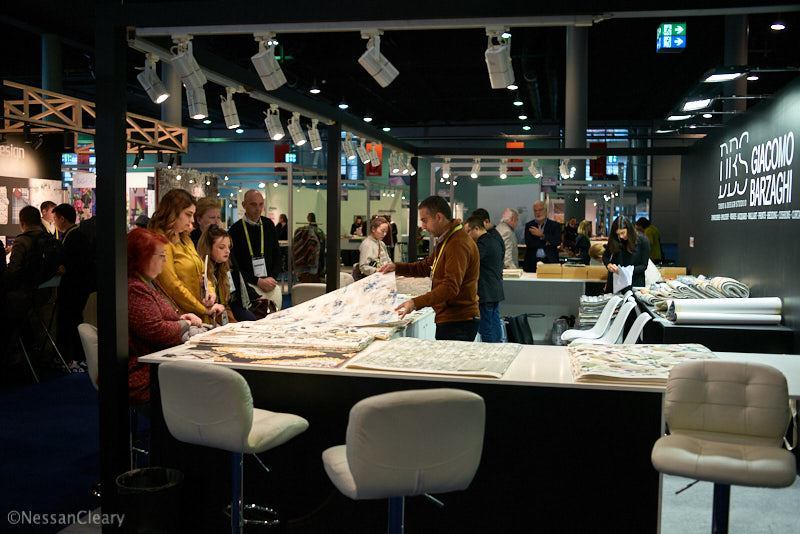
Heimtextil is more about textile design than printing.
Heimtextilは、印刷よりもテキスタイルデザインに重点を置いています。
デザイナーとデジタルプリンターの真上にあるホール 3.1は壁装材に譲り渡され、これはおそらく Heimtextilでのデジタル印刷の最も明白な用途でしたが、個別の壁装材については後で別の話で見ていきます。
Hall 3.1, directly above the designers and digital printers, was given over to wall coverings and this was perhaps the most obvious use of digital printing at Heimtextil, but I’ll come back to look at individual wall coverings in a separate story later.
しかし、壁装材を披露している会社の中で、私は従来の壁紙製造用の機器を製造しているオルブリッチに出会いました。オルブリッチは、リコーとインクジェットオプションの開発に取り組んでおり、壁紙の最大のプロデューサーの1つであるマールブルグと共同で、このインクジェット製品のベータテストを行っています。マールブルク自体は、リコーシステムを使用してオルブリッチの生産ラインで印刷されたものを含め、多くの新しい壁紙デザインを披露しました。これはおそらく、Heimtextilで出会った最も興味深いものの1つであり、これについては、後ほど別のストーリーで詳しく説明します。
However, in amongst the companies showing off wall coverings I did come across Olbrich, which makes equipment for conventional wall paper production. Olbrich has been working with Ricoh to develop an inkjet option, in conjunction with Marburg, one of the largest producers of wallpaper, which has been beta testing this inkjet production. Marburg itself showed off many new wallpaper designs, including several that had been printed on its Olbrich production line with the Ricoh system. This was probably the single most interesting thing that I came across at Heimtextil and I’ll write about this in more detail in another story to follow shortly.
他の場所では、Felix Schoellerは、Xeikonのドライトナープレスで使用するために Xeikonと共同で開発された新しい壁紙を発表しました。これらには、シルバーまたはゴールドのメタリック効果を備えたコーティングされた壁紙である「Vegas」と、エンボス加工されたコーティングされた壁紙である Osloが含まれます。これらは、粘着性のある従来の不織布壁紙です。つまり、実際には紙ではなく PVCです。
Elsewhere, Felix Schoeller announced new wallpapers that have been developed in conjunction with Xeikon for use on Xeikon’s dry toner presses. These include ‘Vegas’, a coated wallpaper available with a silver or gold metallic effect, and Oslo, an embossed coated wallpaper. These are self-adhesive conventional non-woven wallpapers, which is to say that they are really PVC rather than paper.
Xeikonには、印刷機から出てくるロールフィード印刷、ワニス、スリットを入れてから標準の壁紙ロールに巻き取るという非常に優れたインライン・コンバーティングユニットがありますが、これはしばらく前に発表されたもので、最初の発表は 2014年に遡ります。Xeikonの標準 508mmでは、ロールは通常の 530mmの従来の壁紙よりもわずかに狭くなっていますが、結果は概して非常に良好です。ただし、Xeikonは Heimtextilでは実際にこれを展示せず、マーケティング予算をDrupaに投入してそこで展示することを選択しました。
Xeikon does have quite a nice inline converting unit that takes the roll-fed prints coming out of its presses, varnishes and slits them before winding them onto a standard wallpaper roll, though this has been around for a while, having first been announced back in 2014. At Xeikon’s standard 508mm the rolls are slightly narrower than the usual 530mm of conventional wallpaper but the results have generally been quite good. However, Xeikon did not actually exhibit this at the show, opting to use its marketing budget for Drupa.
しかい、私にとってはそれは何の意味も持ちません。毎年多くの異なるショーに参加する主な理由のひとつとは、それは一つの展示会で一度にすべてに圧倒されるのではなく、特定の各市場セクターに対処できるからです。残念ながら、ハイムテキスタイルへの短い出張にから、ホームテキスタイル市場でのデジタル印刷のついて本当に意味のある結論を引き出すことは不可能だと思います。
That doesn’t help me any as one of the main reasons I go to a number of different shows each year is so that I can deal with each specific market sector rather than being overwhelmed with everything in one go. Unfortunately, I don’t think that it’s possible to draw any really meaningful conclusions on the extent of digital printing in the home textile market on the basis of a short trip to Heimtextil.
しかし、主にデザイナーを対象としたショーにもかかわらず、テクノロジーがより高度なものであれば、より多くのベンダーが出展することになると思います。デジタルプリンターから離れて、ショーのより創造的な側面を見るのは興味深いものでした。そこでは、質感と感触に重点が置かれているように見え、遊び心とそれだけのためにリスクを取る意欲がありましたが、それはデジタル印刷側から欠落しています。代わりに、少なくともインテリア市場に関しては、デジタルプリントベンダーは、従来の方法の一部を再現し、コストを削減することに重点を置いており、それは他のデジタル印刷がテーブルにもたらす様々なメリットよりも少なく、技術の未熟さを強調する結果となっています。とはいえここでも、デジタル印刷はこの市場の約 5〜6%しか占めていないため、この巨大な成長の可能性もこの分野の最も興味深い側面のひとつです。
But it does seem to me that, despite the show being mainly aimed at designers, if the technology were more advanced then we would have seen more vendors exhibiting. Stepping away from the digital printers, it was interesting to look at the more creative side of the show, where there appeared to be a strong emphasis on texture and feel, coupled with a playfulness and a willingness to take risks just for the hell of it, that’s missing from the digital print side. Instead the digital print vendors are focused on trying to replicate some of what can be done conventionally, and reducing cost, and less on what else digital printing can bring to the table, which just underlines how immature the technology still is, at least as far as the home décor market is concerned. Then again, digital printing only accounts for around 5-6 percent of this market and so this huge potential for growth is also one of the most interesting aspects of this area.



